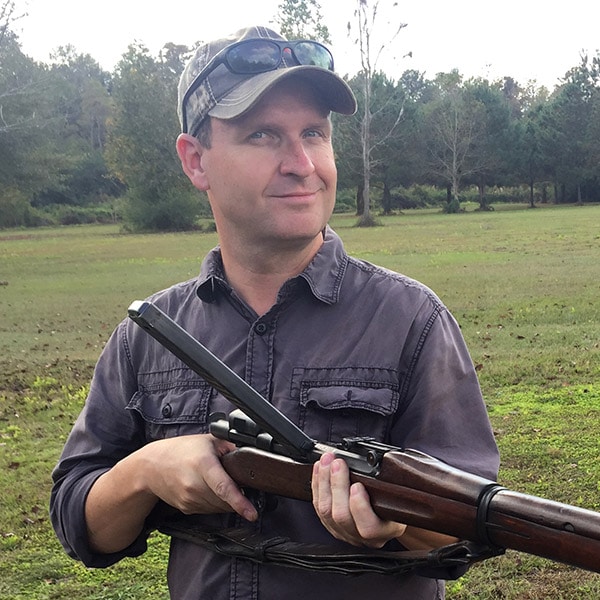Russia’s Rarest Spec-Ops Pistol?
September 12th, 2023
7 minute read
When the Russian Federation invaded Ukraine in February 2022, the Makarov pistol had been in service for just over 70 years. The Red Army adopted it under Stalin in 1951 and continued producing it through the era of détente under Brezhnev, the era of glasnost and perestroika under Gorbachev, and the inevitable end of Soviet hegemony that soon followed.
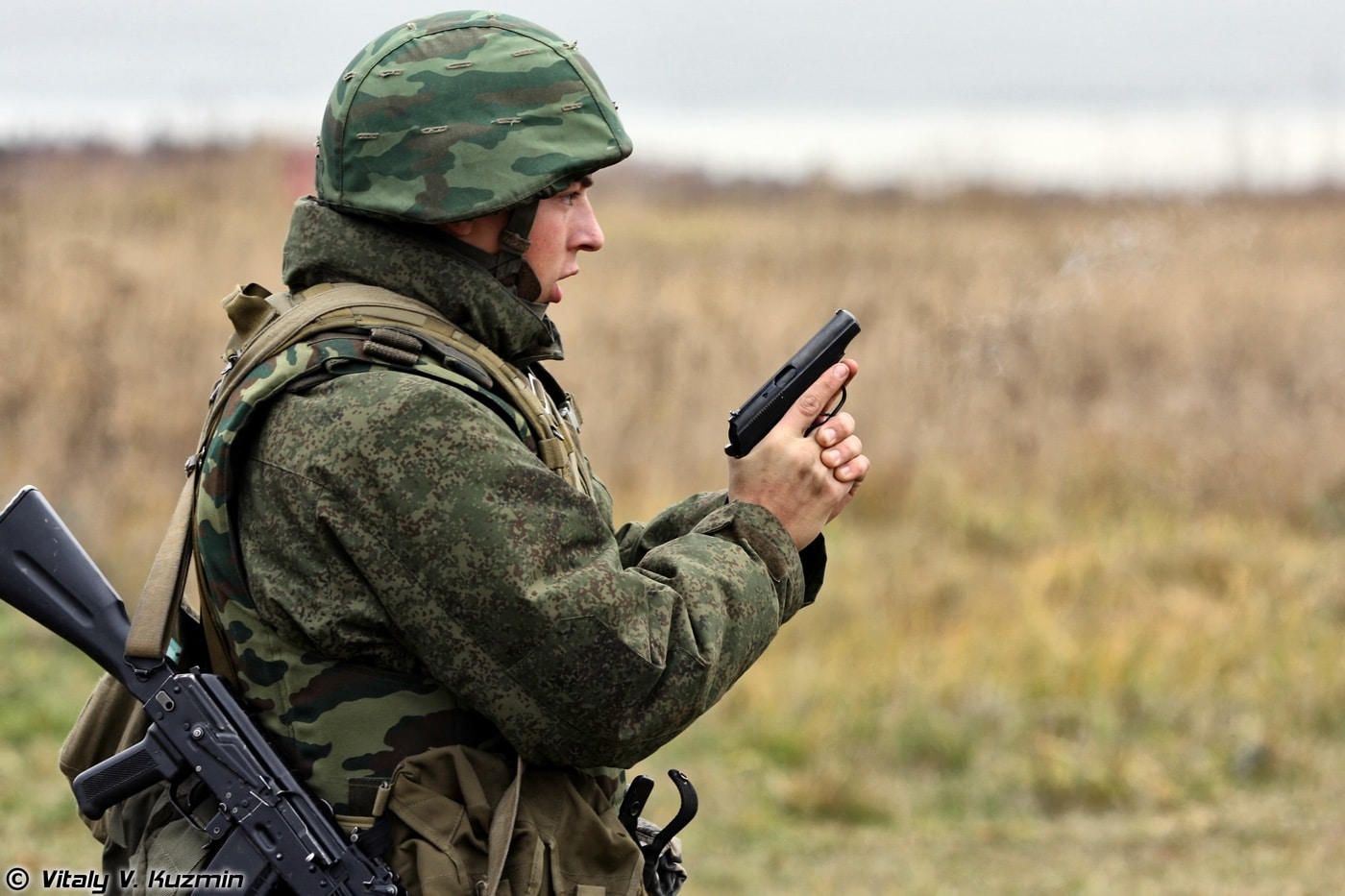
With more than 5,000,000 examples in circulation worldwide, the Makarov did not just go away when the USSR did in December 1991 — it continued to serve, and it remained in production. That is why this old Soviet war horse has been seen time and time again in Ukraine.
Although it is an all-steel construction blowback double-action/single-action with a fixed barrel and a single-stack magazine, it is still out there fighting alongside the polymer-framed, striker-fired locked-breech single actions with double-stack magazines. It continues to exist here in the 21st century, even though its design belongs to the first half of the 20th.
A More Solid Foundation?
Longevity never rewards mediocrities, especially in pistol design, and the Makarov PM is no exception to that rule. Its long service life can be attributed to a reputation for simplicity and reliability that can be compared to John Browning’s M1911. In fact, the strength of that reputation has largely overshadowed the Makarov’s two undeniable shortcomings: the eight-shot capacity single-stack magazine, and the comparative weakness of its 9×18mm cartridge.
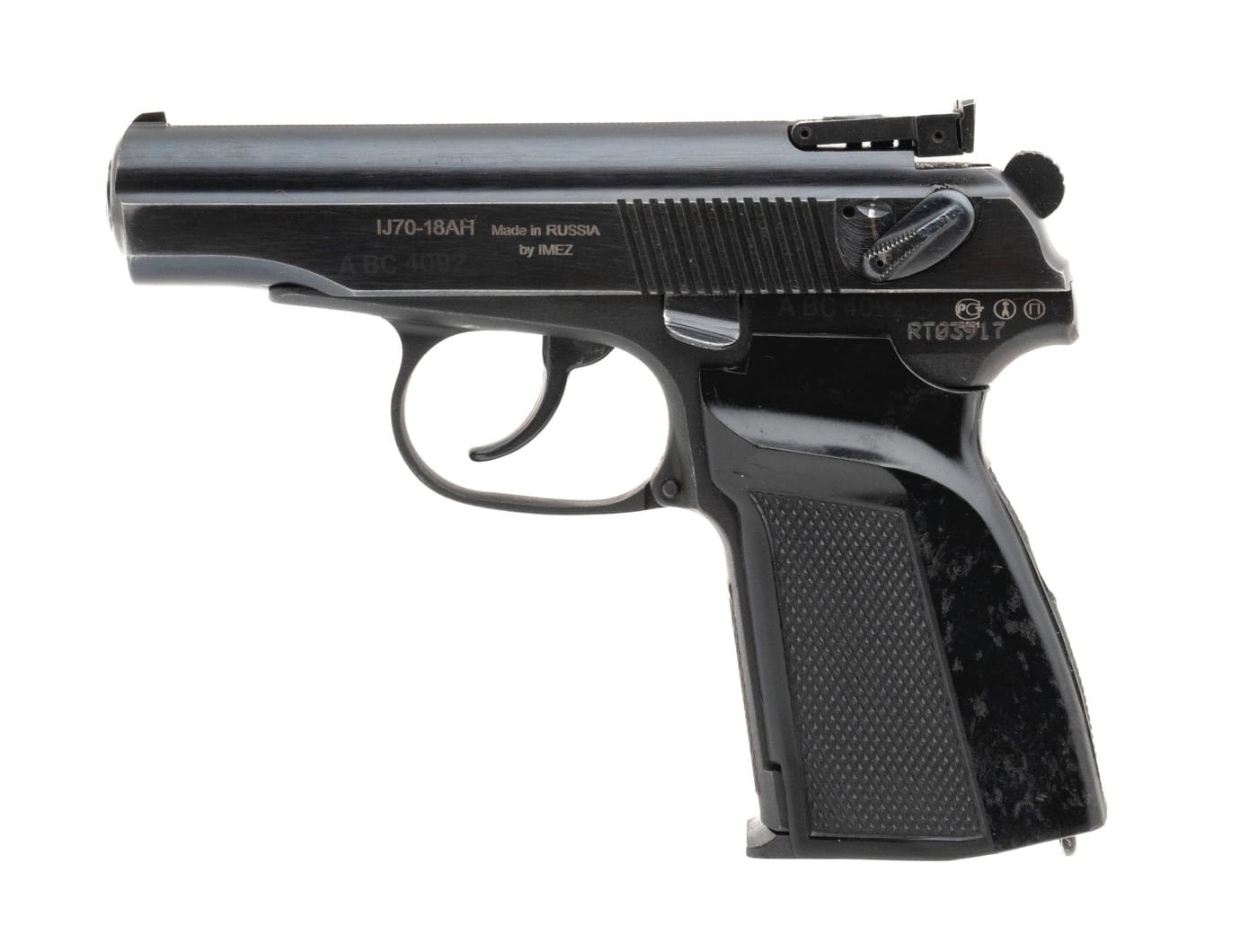
While those two features may not have counted as shortcomings when the Makarov first entered service in 1951, three decades later they did. In 1985, the U.S. military adopted a locked-breech double-action/single-action automatic pistol feeding the 9×19mm NATO cartridge from a 15-round double-stack magazine.
In addition to that, Soviet combat experience in Afghanistan during the 80s had demonstrated the need for a pistol with a higher magazine capacity and a cartridge capable of delivering improved ballistic performance. The Russians obviously needed a more contemporary pistol, so in 1990 two designers at the state-owned Izhevsk Mechanical Plant, B. M. Pletsky and R. G. Shigapov, went to work modifying Boris V. Semin’s 9×18mm cartridge and the pistol that Nikolay Makarov designed to shoot it.
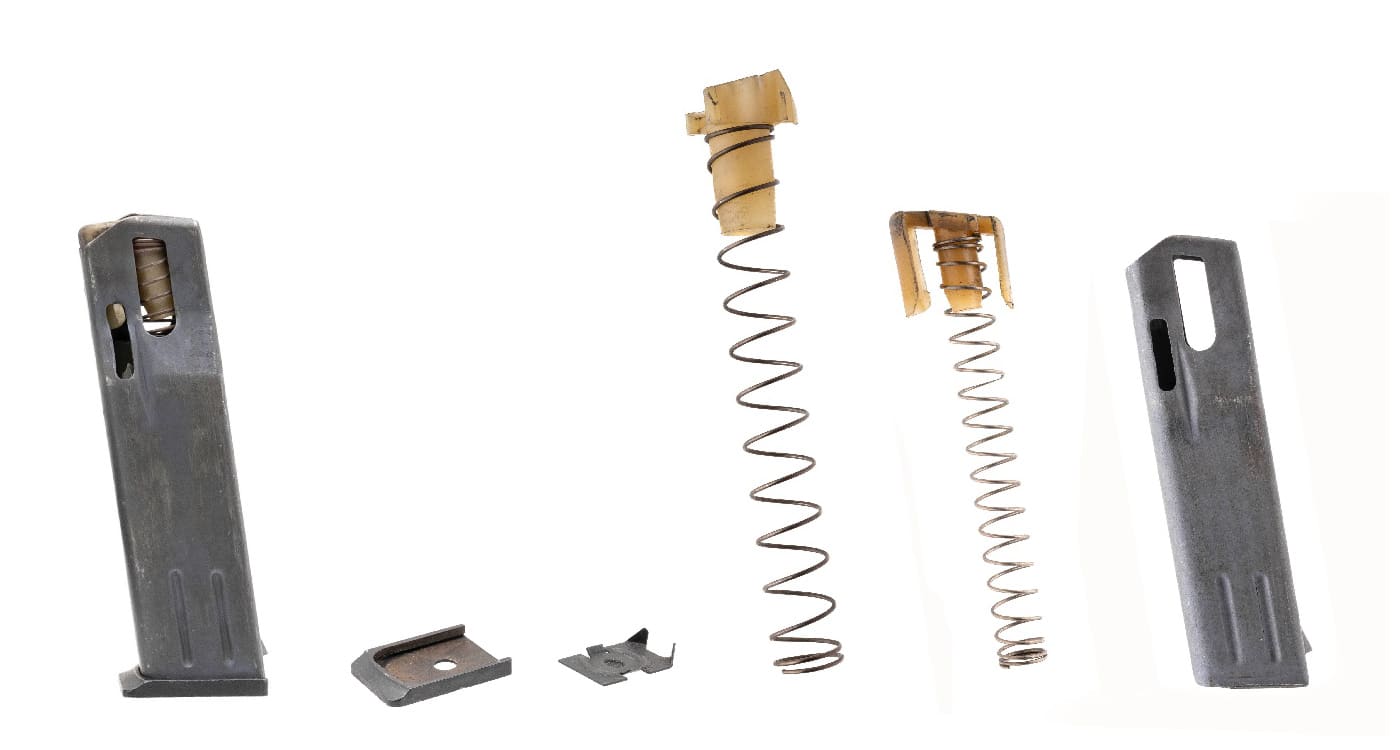
The system they came up with revolved around three big changes. First up was the new 7N16 (57-H-181CM) cartridge — a more powerful 9×18mm service load making use of an 85-grain steel core bullet capable of producing a significantly higher muzzle velocity out of a 4” barrel. In comparison, the old 9 Pst (57-N-181S) 9×18mm ball load accelerated a 93-grain FMJ bullet to a muzzle velocity of 978 fps, but the 7N16’s lighter bullet was capable of reaching a muzzle velocity of 1,377 fps out of the same length barrel. Because the new cartridge generated 25% more gas pressure in a design that was already pushing the limits for a direct-blowback pistol, it was necessary to introduce fluting in the chamber to aid extraction.
The second big change was a redesign of the Makarov PM’s grip frame that widened the magazine well enough to accommodate the third big change: a double-stack magazine. To avoid modifying the PM’s barrel and slide for alternating right- and left-hand feeding, the new double-stack magazine had to merge the top three rounds into a single stack, and that meant the engineers had to get a little creative.
The problem was solved through the use of a primary and a secondary magazine follower, both of which have their own separate spring. When loading from empty, the first three rounds compress the secondary magazine follower’s spring. With the introduction of the third round, the secondary magazine follower is seated within the primary magazine follower and each round after the third compresses the primary follower’s spring while settling into a staggered row double-stack pattern until the magazine reaches its full capacity of 12-rounds.
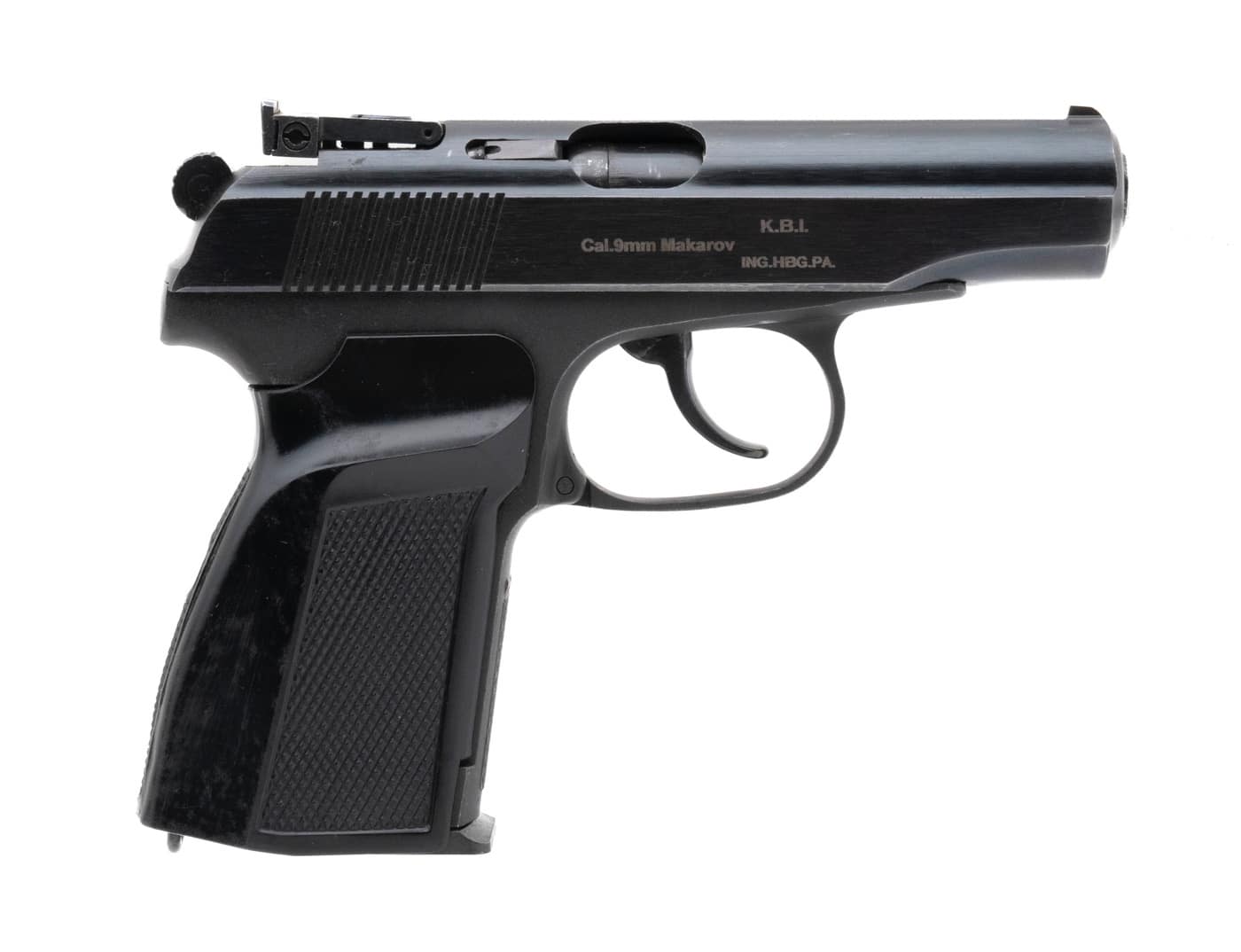
Known as the Grach-3, it provided the USSR with the desired performance enhancements without having to invest substantial resources into designing, building, testing, and evaluating a completely new pistol.
A New Direction
The Grach-3 was adopted in 1994 under the designation PMM for Pistolet Makarova Modernizirovannyy or “Modernised Makarov pistol” but it was not destined to replace the old Makarov. It has been used on a limited basis by the Russian Federation’s airborne troops and special operations units of the GRU, but that is the extent of its military service.

In a peculiar twist of fate that was entirely occasioned by the tough financial times brought on by the dissolution of the USSR, the PMM would ultimately enjoy more success as a commercial export to the USA. As the Cold War ended and the Iron Curtain lifted, it became possible for certain types of Russian-made firearms to enter the country, and that they did in very large numbers during the mid-1990s.
But the Gun Control Act of 1968 (or “GCA”) imposed a “sporting purposes” requirement, and Clinton era trade restrictions prohibited the importation of non-C&R Russian military surplus firearms. With that as the case, Russian Makarovs could only be brought into the USA if they were assembled with thumbrest grips and adjustable rear sight assemblies on a strictly commercial production line. Accordingly, the Izhevsk Mechanical Plant created an entire product line of compliant Makarov pistols marked “Made in Russia by IMEZ” that were sold to U.S. importers.
The IMEZ product line featured an eight-shot capacity pistol in 9×18mm designated IJ70-18A that was basically just a standard Makarov PM, and a similar eight-shot pistol in .380 ACP designated IJ70-17A. With the letter “A” indicating the presence of the adjustable rear sight assembly, IJ70-18As and IJ70-17As were identical except for the caliber and the external markings. IMEZ even offered the IJ70-17AS in .380 ACP with adjustable sights and an overall “satin” stainless-steel finish. Eventually though, the company also commercialized the PMM by offering the IJ70-17AH in .380 ACP and the IJ70-18AH in 9×18mm. The “H” in those designations stood for “high capacity” because both models shipped with PMM-type double-stack magazines.
Instead of providing 12-round capacity though, they were limited to 10-rounds by an extended collar on the primary follower that prevented it from compressing all the way to the bottom of the magazine to accommodate a full 12-round load. IMEZ introduced the 10-round restriction to comply with the high-capacity magazine ban that was a part of the now-expired Federal Assault Weapons Ban of 1994, and resultingly never sent 12-round magazines to the USA.
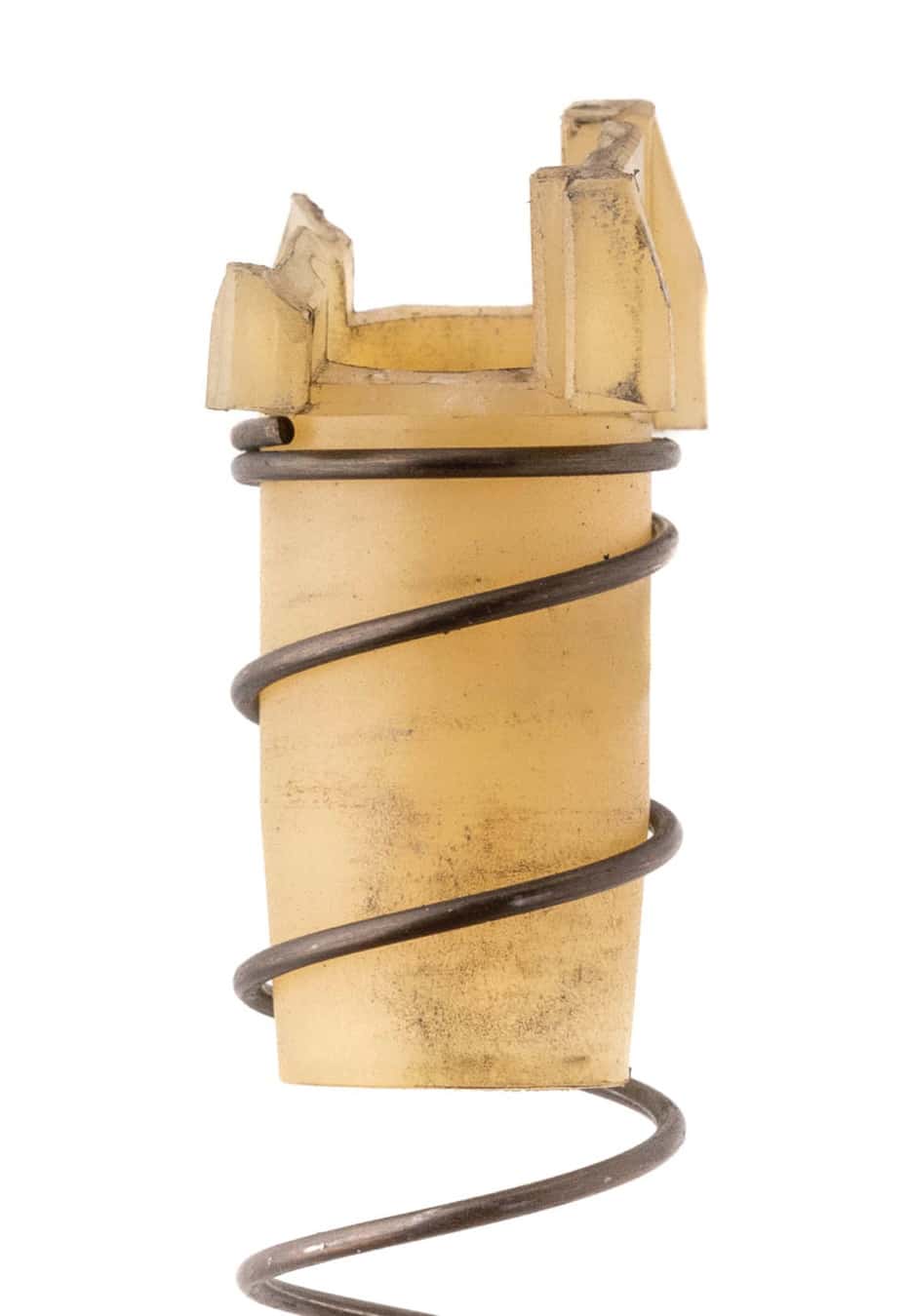
This means that the best an owner of one of the IMEZ “high capacity” Makarovs is ever going to get is a full 10-round magazine plus one in the chamber bringing the total round count to eleven. That might not sound like much to a shooter in 2023, but to a shooter in 1996, few — if any — pistols yet existed that offered that much firepower in such a concealable size at such an affordable price.
The IJ70-17AH in .380 ACP and the IJ70-18AH in 9×18mm used the same restricted capacity 10-round magazine with no difference whatsoever between the two calibers. In addition to that, neither model was equipped with a fluted chamber because that feature would never be needed to cope with the .380 ACP cartridge in the IJ70-17AH, and the more powerful 7N16 9×18mm cartridge was never going to be commercially available in the USA, so the IJ70-18AH would only ever be fed loads comparable to less powerful 9×18mm ball.
In the end, several domestic ammunition manufacturers began producing more powerful 9×18mm “self-defense” loads, but a direct blowback pistol like the Makarov can only handle so much pressure, and that imposed a limitation that could not be overcome without redesigning the entire gun.
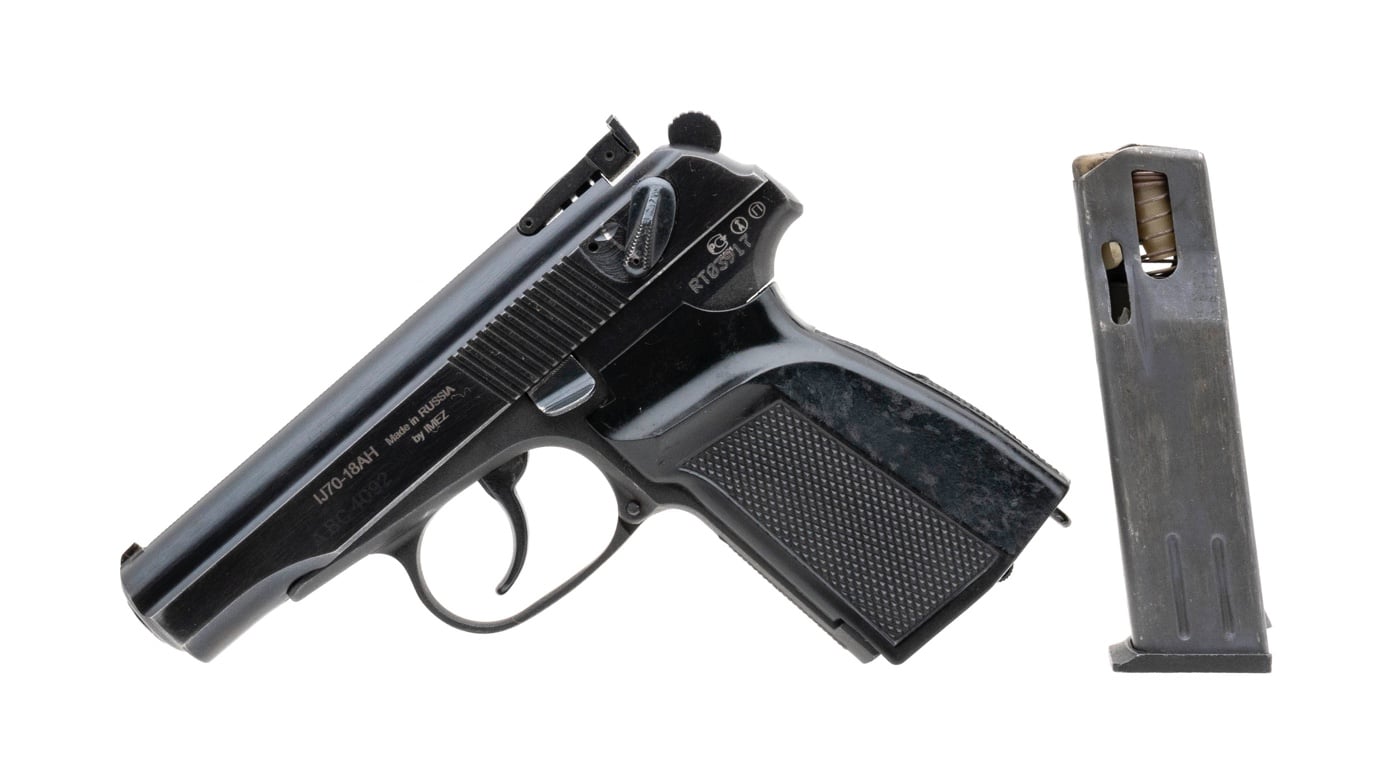
Within just a few years, +P “self-defense” loads for the 9×19mm cartridge began offering ballistic performance that eclipsed what even the most powerful 9×18mm “self-defense” ammunition was capable of, and because of that the Makarov began drifting away from the CCW world.
Facing the Future
While there might be some die hards out there today who still consider carrying a Makarov as their EDC, the reality is that the gun is more of a part of the world of Milsurp collecting now. The irony here is that only the Bulgarian and East German Makarov pistols are true military or police surplus guns. The Chinese Model 59 Makarovs are commercial guns, and the IMEZ Russian Makarovs that came into the USA in such abundant numbers during the mid-1990s are not truly military/police surplus either.
Thus, the “high capacity” Makarov pistols that can sometimes be found if you know exactly what you’re looking for, are neither “high capacity” nor military surplus. So, what are they? If you did any loitering around gun stores or gun shows back in the 1990s, they are symbols of what it used to be like back in that era.
But when you consider the effort that went into turning this reliable little eight-shot blowback pistol into a reliable little 12-shot blowback pistol, the Makarov PMM is proof that engineering competence can overcome just about any technical challenge.
Editor’s Note: Please be sure to check out The Armory Life Forum, where you can comment about our daily articles, as well as just talk guns and gear. Click the “Go To Forum Thread” link below to jump in and discuss this article and much more!
Join the Discussion
Continue Reading
Did you enjoy this article?

 221
221





